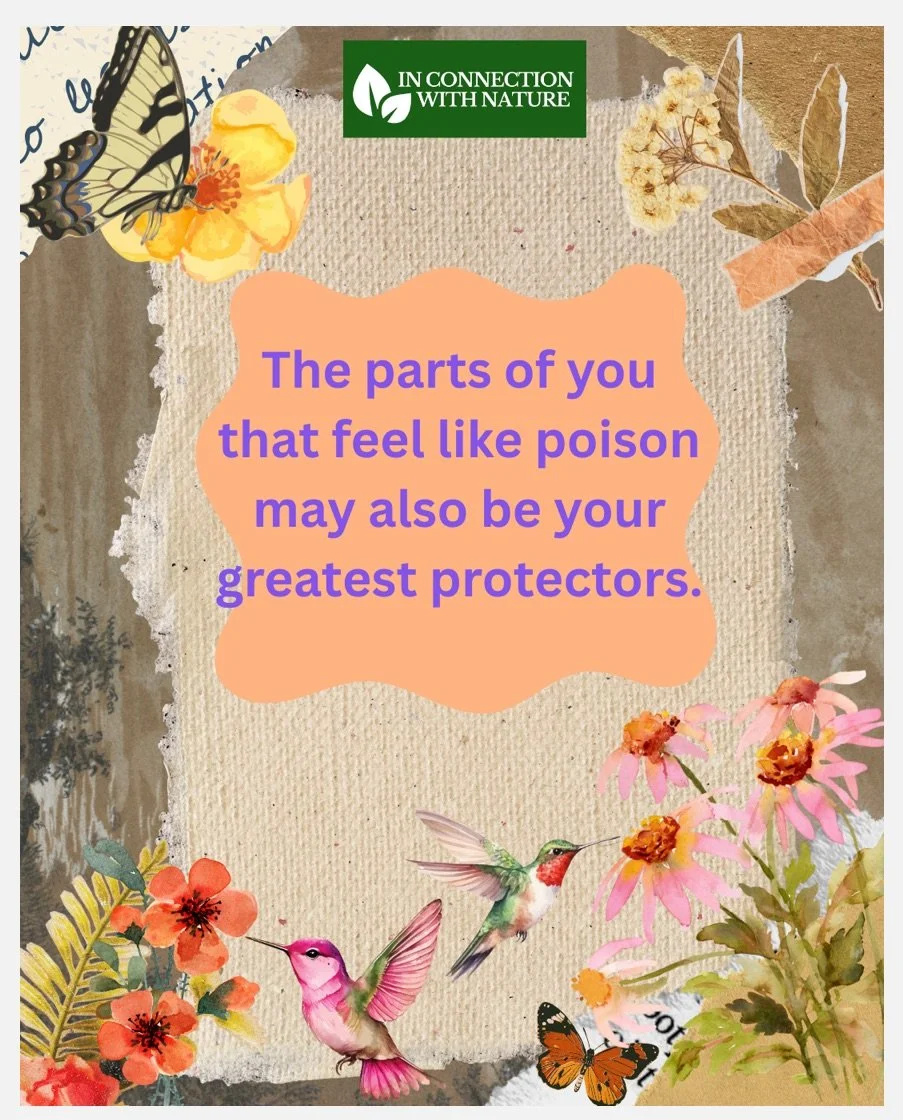The Wisdom Beneath (what we think of as) the “Bad” Emotions
<< Test First Name >>
We’ve all been taught, in subtle and not-so-subtle ways, to divide our inner world into two camps: emotions that are “good” and emotions that are “bad”.
Joy, love, peace, enthusiasm — those we welcome with open arms.
But fear, anger, worry, jealousy, grief — those we often try to exile, push away, or hide under layers of busyness and/or positive thinking.
It makes sense. After all, no one wants to feel the ache of sadness or the burn of rage. But when we make these emotions wrong, we’re not just rejecting a feeling — we’re rejecting a part of ourselves. And that rejection sends a ripple of distress through our nervous system, because safety isn’t found only having positive emotions. Safety is found in wholeness and accepting all of ourselves, even the uncomfortable parts.
When we deny an emotion, we abandon the messenger that carries valuable information about what’s happening inside us. That part of us doesn’t disappear; it simply tightens, hides, or turns inward — often showing up later as anxiety, tension, or self-criticism.
The nervous system feels this inner exile and begins to brace. It thinks something is wrong with us rather than recognizing that something inside us simply needs care, attention, or understanding.
The Hidden Purpose Behind Each Emotion
Every so-called “negative” emotion serves a biological and psychological purpose — it’s the body’s way of signaling that something important needs our attention.
Fear is the guardian at the gate. It warns us of potential danger, yes, but it also keeps us alert to boundaries that matter. When met with compassion rather than suppression, fear can become discernment — a felt sense of “this matters” or “slow down and assess.”
Anger is the emotion of self-preservation. It flares when our boundaries have been crossed or when something feels unjust. Anger’s heat can be destructive when ignored or unleashed unconsciously, but when met with curiosity and care, it becomes a clean, clarifying fire that reveals what we value and what needs to change.
Grief is love with nowhere to go. It honors the depth of our capacity to connect, to lose, and to care. It reminds us that what we’ve lost mattered deeply — and that we are capable of loving that deeply again. We don't have to just "get over it" or put it behind us.
Worry often signals care. It tells us, “This matters to me.” When we listen with kindness, worry can transform into foresight and responsibility, helping us prepare without letting fear take the wheel.
Jealousy reveals desire. It points us toward what we long for but may have told ourselves we can’t have. When met with shame, it festers; when met with curiosity, it becomes inspiration.
When we can't handle these emotions, our world gets smaller. These emotions are not mistakes in our design. They are part of the ecosystem of our humanity. Just as a forest needs both sunlight and decay to stay alive, we need the full range of our emotional experience to stay rooted, real, and whole.
Reflection Practice: Listening Beneath the Feeling
Take a deep breath and bring to mind a recent moment when you felt an uncomfortable emotion — maybe anger, fear, or worry.
Instead of analyzing it, locate it in your body. Where does it live? What does it feel like — tight, hot, heavy, shaky?
Ask the emotion, “What are you trying to tell me?” "What are you needing right now — attention, rest, expression, or movement?”
Notice what arises.
Often, beneath the surface message (“I’m angry!”) is something more tender (“I need to be heard,” “I need to feel safe,” “I miss being seen”).End by saying quietly to yourself:
“Every part of me belongs. Every feeling has wisdom.”
Repeat as needed — especially when you find yourself resisting how you feel.
Compassion: The Healing Bridge
When we approach our emotions with compassion — the same way we might approach a frightened child or a trembling animal — the nervous system begins to relax.
We stop fighting ourselves.
We start listening.
Compassion doesn’t mean indulging every emotional impulse or letting it rule our life. It means acknowledging that every emotion has a reason for being here, even if we don’t fully understand it yet.
Curiosity turns judgment into connection. Connection turns distress into integration. And integration is what allows our nervous system to find safety — not through control, but through acceptance.
Today we've discussed emotional compassion, for a related video on self compassion and it's impact on the nervous system click this photo:
“The attempt to escape from pain is what creates more pain.”
— Gabor Maté
“We cannot selectively numb emotions; when we numb the painful emotions, we also numb the positive ones.”
— Brené Brown




